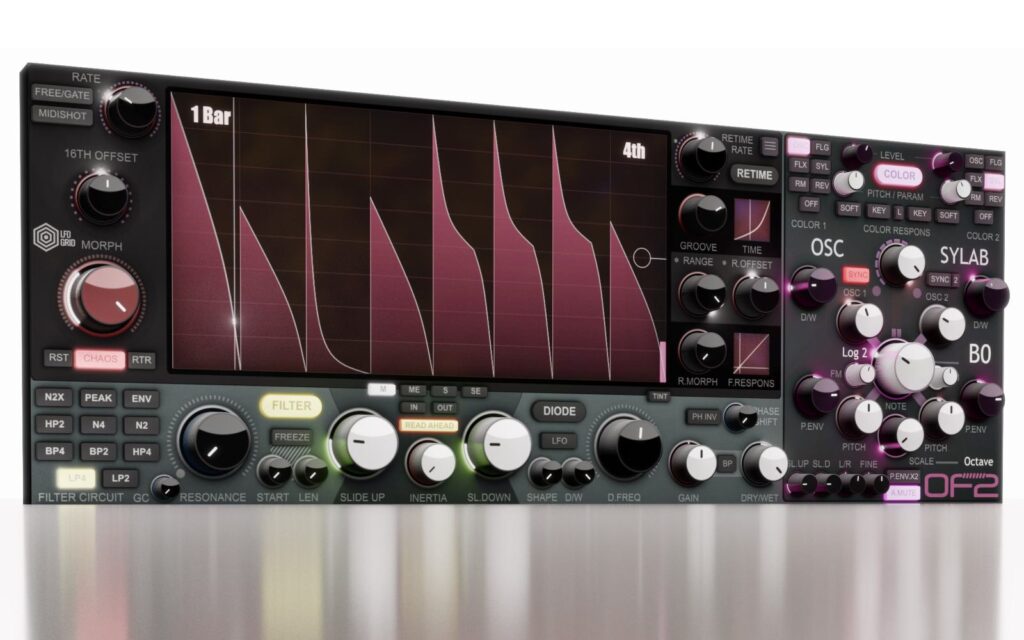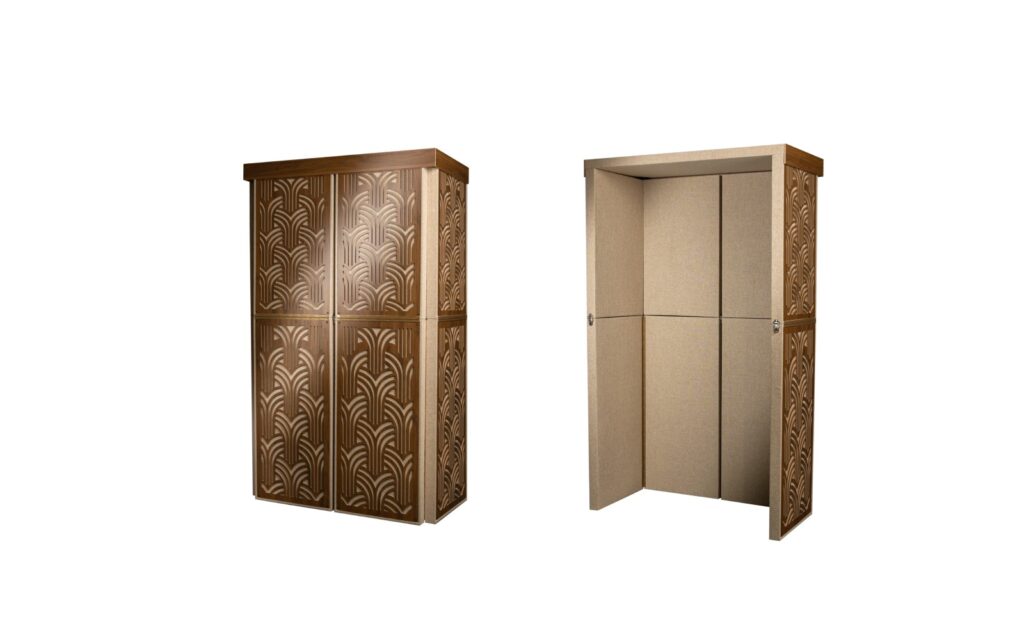The German based company teased the announcement last week in a video which seemed to imply the Model D was integrated with a secret Warp function, but no one could’ve ever predicted this. The Poly D features 37 full-sized keys and four analogue VCOs, letting you enjoy its fat sound in four note polyphony (or paraphony, depending on how you view it). There’s a choice of triangle/saw, saw, square, wide pulse and narrow pulse waveforms on the first three oscillators, while the fourth is able to access triangle, reverse saw, saw, square, wide pulse and narrow pulse to give you a variety of tonal possibilities.
Of course, the Behringer Poly D features that classic 24dB latter filter that all Moog synths (cloned or otherwise) are renowned for, as well as an LFO, inbuilt distortion circuit, a stereo Bucket Brigade Delay chorus based on the Juno-60, a 32-step sequencer and an arpeggiator. While it seems a bit limited to only offer one LFO on a synth that’s otherwise pretty lush and feature packed, we’re sure that the Juno chorus and arpeggiator function should suffice as a nice alternative.
Like the original Moog Model-D, the top panel of the Behringer Poly D can be laid prone or angled, and the unit also features MIDI In, Out and Thru via USB and standard DIN ins and outs. It’s a very bold move from Behringer, and definitely sets them up as a force to be reckoned with in the audio electronics sector. What’s puzzling us, however, is that they’ve still never been sued for any of this. Maybe that’ll change soon…
Read more about the Poly D here, and get in touch with Australis Music Group to find out more about getting your mitts on a Poly D in Australia.








